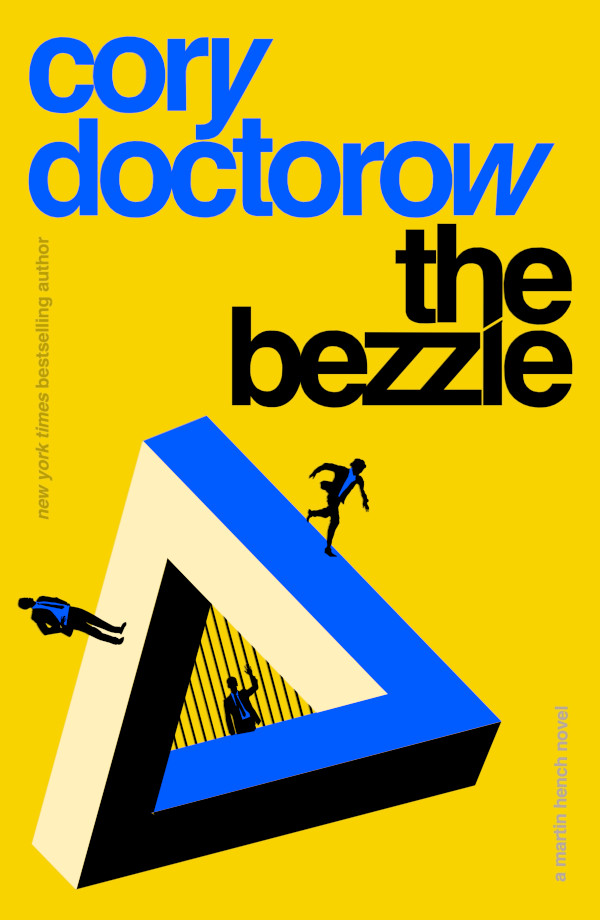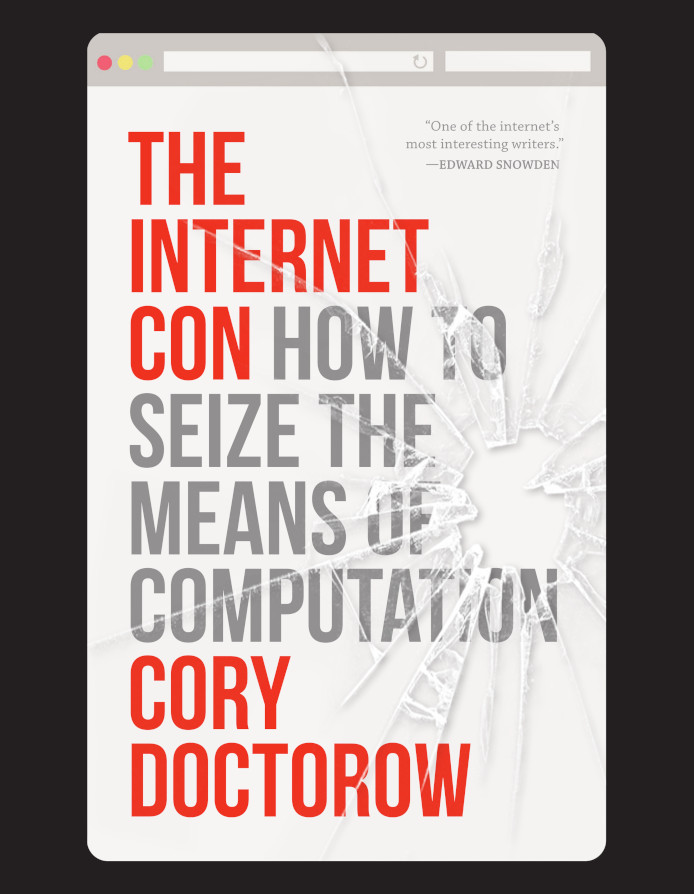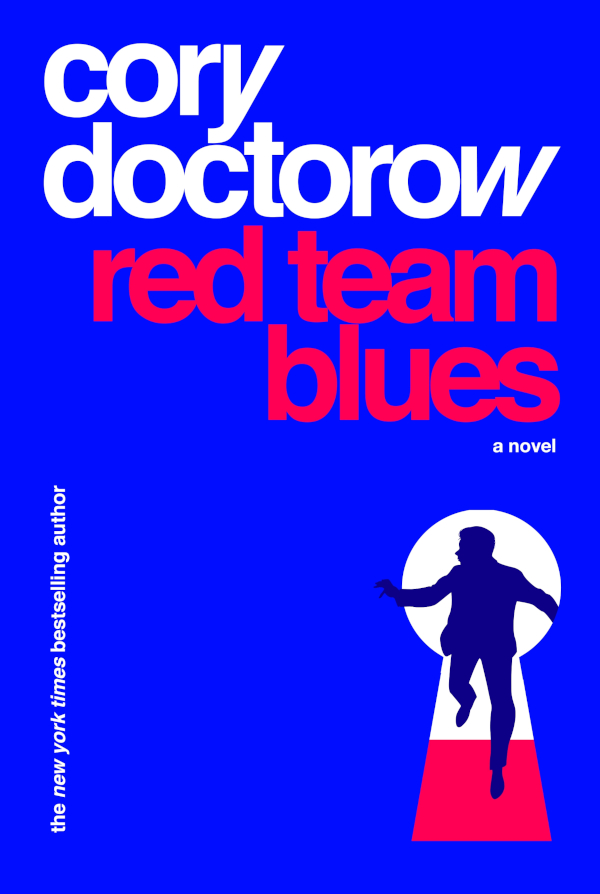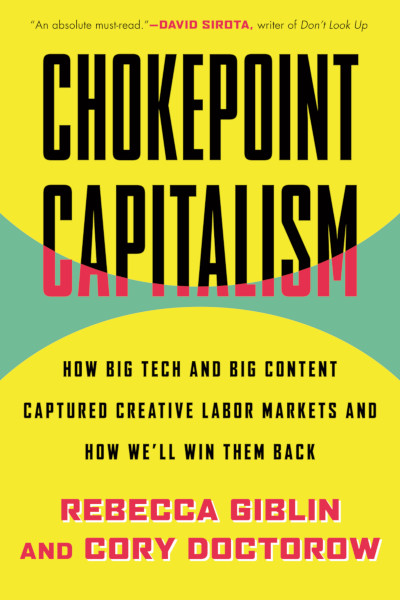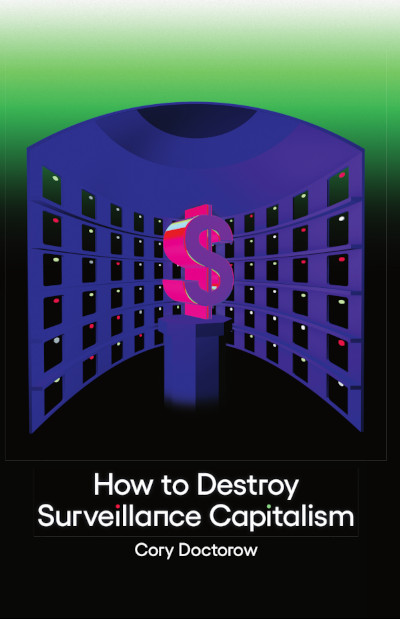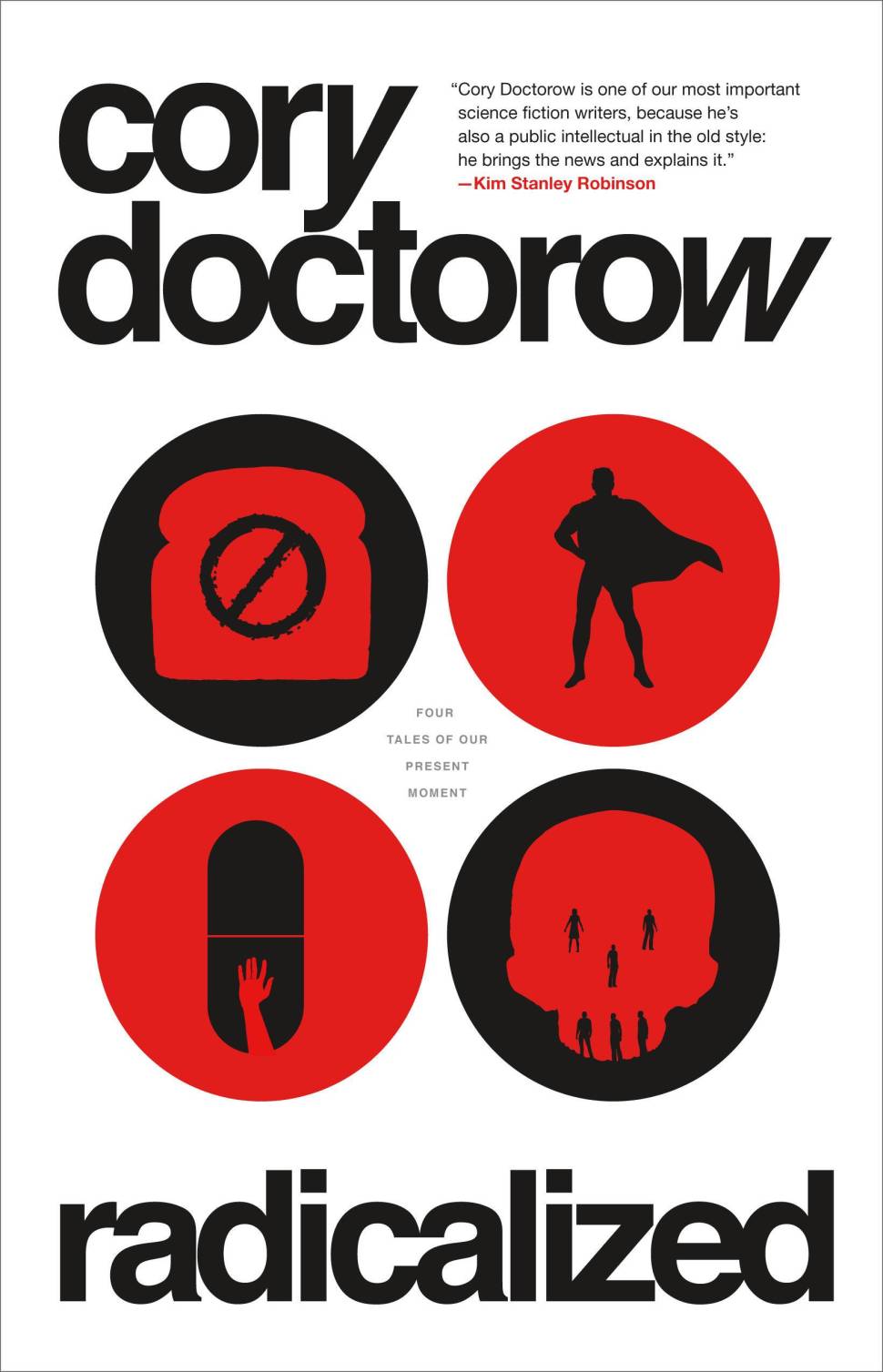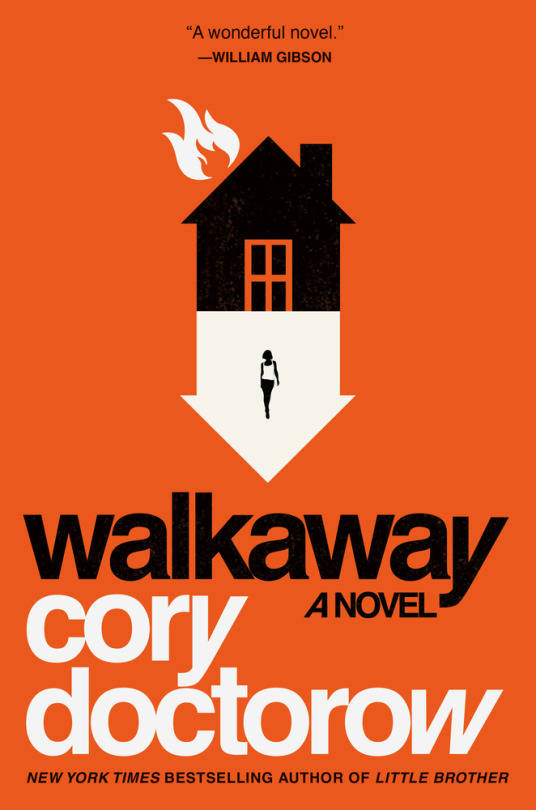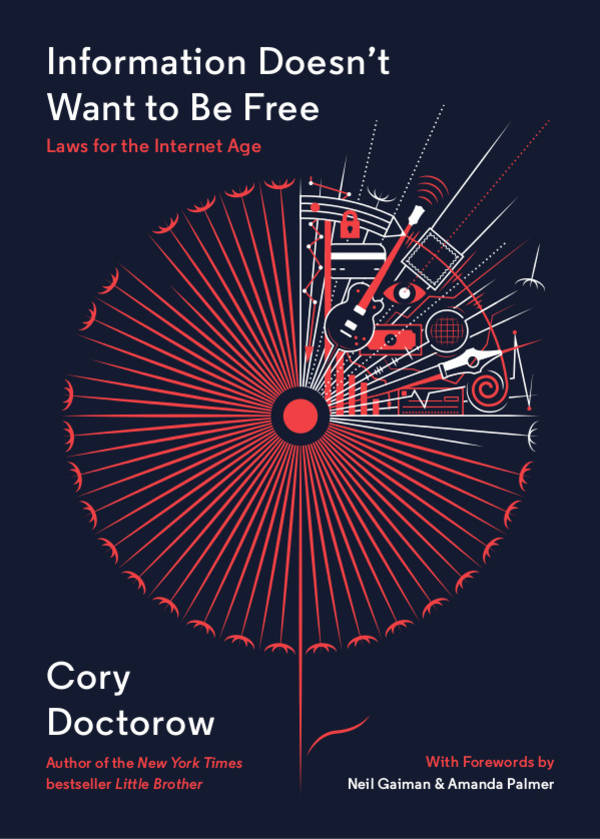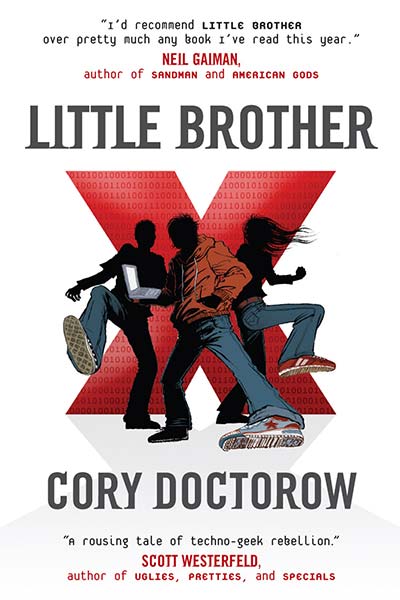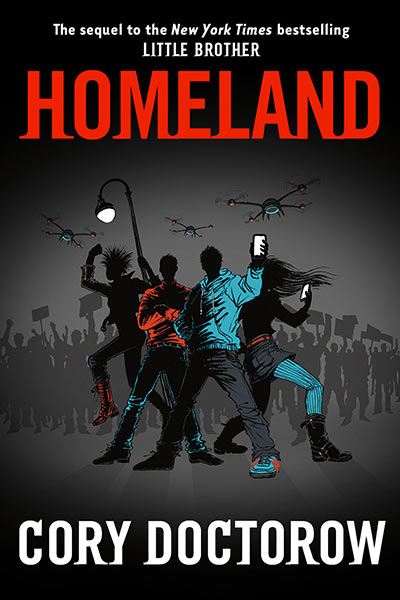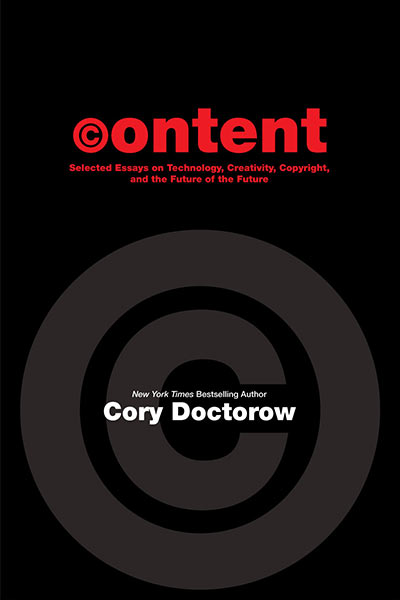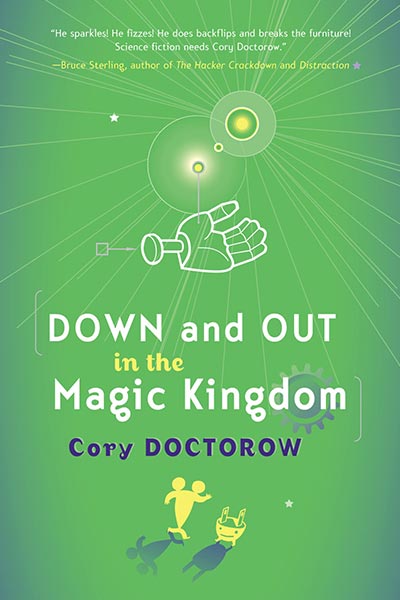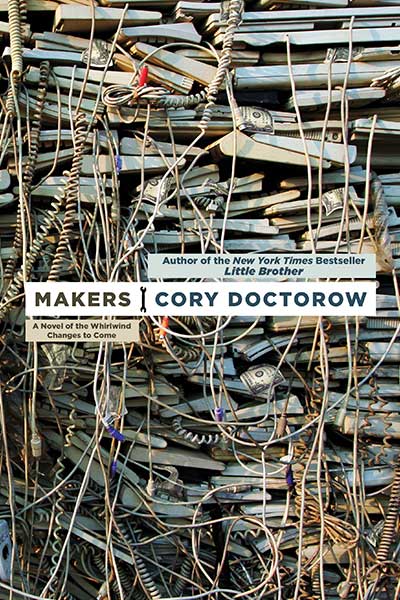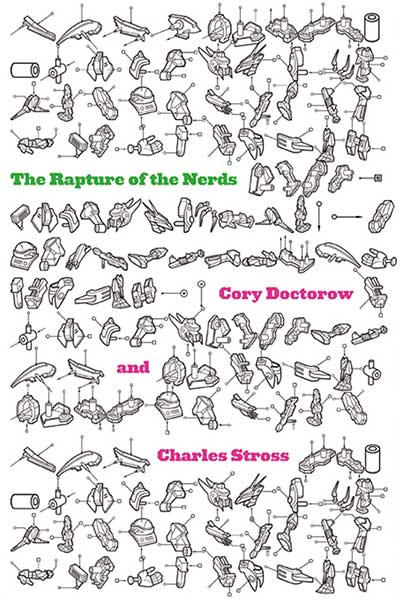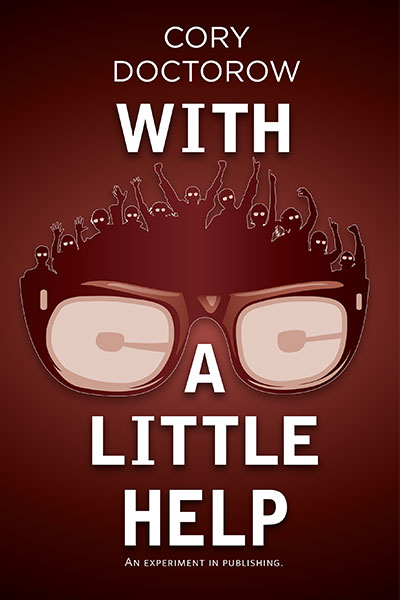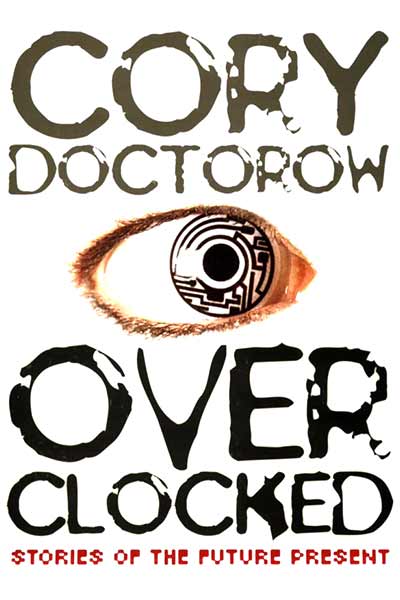
This week on my podcast, I read my recent Medium column, Gig Work Is the Opposite of Steampunk, making the Luddite case against bossware and other jobs where your boss is an app.
The rise of gig work produced a massive surge of “craft” workers who toiled on their own premises, most notably the drivers for Uber, Lyft, Doordash and delivery services who worked from their own cars, assured that they were independent businesspeople, able to book the hours and jobs they wanted. If the scenery caught their eye, they could pull over to the side of the road, get out of their cars and touch grass — and no one would even know they did it, much less punish them for it.
The pandemic lockdowns accelerated this process, as bossware made the leap from the low-waged, precarious Black women who were trapped by Arise’s predatory home call-centers to all kinds of white-collar workers who were told they were working from home, but who were really living at work.
Bossware — technology that monitors every click, every keystroke, and the streams from your device’s cameras and microphones — is everywhere today. Even so, blue collar workers have it the worst: they are the chickenized reverse-centaurs, forced to pay for their own working equipment, then minutely monitored, down to their facial expressions, and minutely choreographed, down to their eye-movements, to make sure their bosses are getting every penny’s worth of value out of their bodies.


